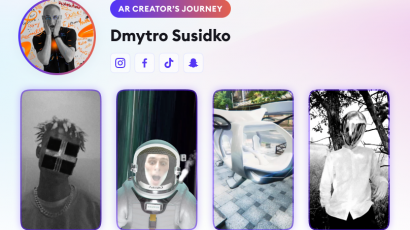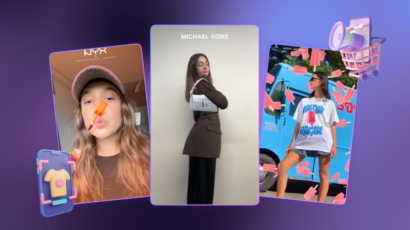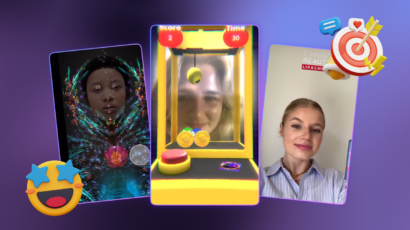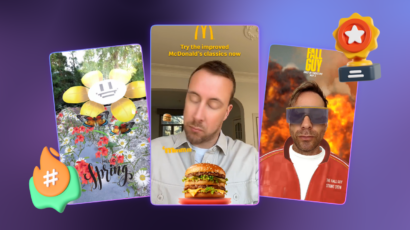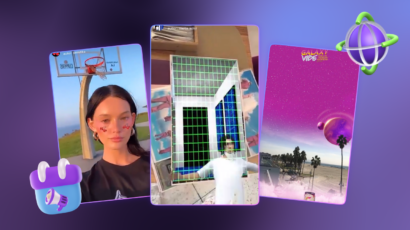Welcome to our AR Creator’s Journey’s first guest, Dmytro Susidko – a professional Augmented Reality Creator with Around 3 years of experience. He started as a 3D artist, slightly switching to AR design. He makes filters on Instagram, Snapchat, and TikTok. Dmytro Has worked directly and via agencies with Valentino Beauty, Daniel Wellington, Givenchy Beauty, IKKS, Ultra Records Nike, Cheese Factory, Captain Morgan, Sinsay, WMG, Netflix, and a lot of local brands. We asked some questions to Dmytro and are happy to share his AR journey experience to you.
![]()
What is AR for you?
AR is a way to express me and materially it’s a well-paid hobby. When I was a kid I was imagining how I can see things – I “painted over them in my fantasy”. Fantasy creatures around the buildings, cakes in the sky, dolphins in the lake, and other stuff.
How did you discover Augmented Reality? What motivated you to start creating AR?
Once I Just found the first filter on some page. And I was like – I can do it too. I saw that pages with filters quickly get a lot of followers – that was the motivation for the first time. I didn’t get the followers, but I learned how to make advanced filters. Then, I tried to create something really complex, not for everybody but fun, not for everyday IG stories, but something that you’ll keep in mind.
Tell us how the AR creator’s journey started for you. What does your first project look like?
My first uploaded filter was named – ASTRO. Before the first release, I trained on some basic things, simple face filters, flowers on the head, color correction, and stuff. And then, I decided to apply my 3D skills to the IG filters engine – it took around a month to create it how I imagined and I’m happy with the result.
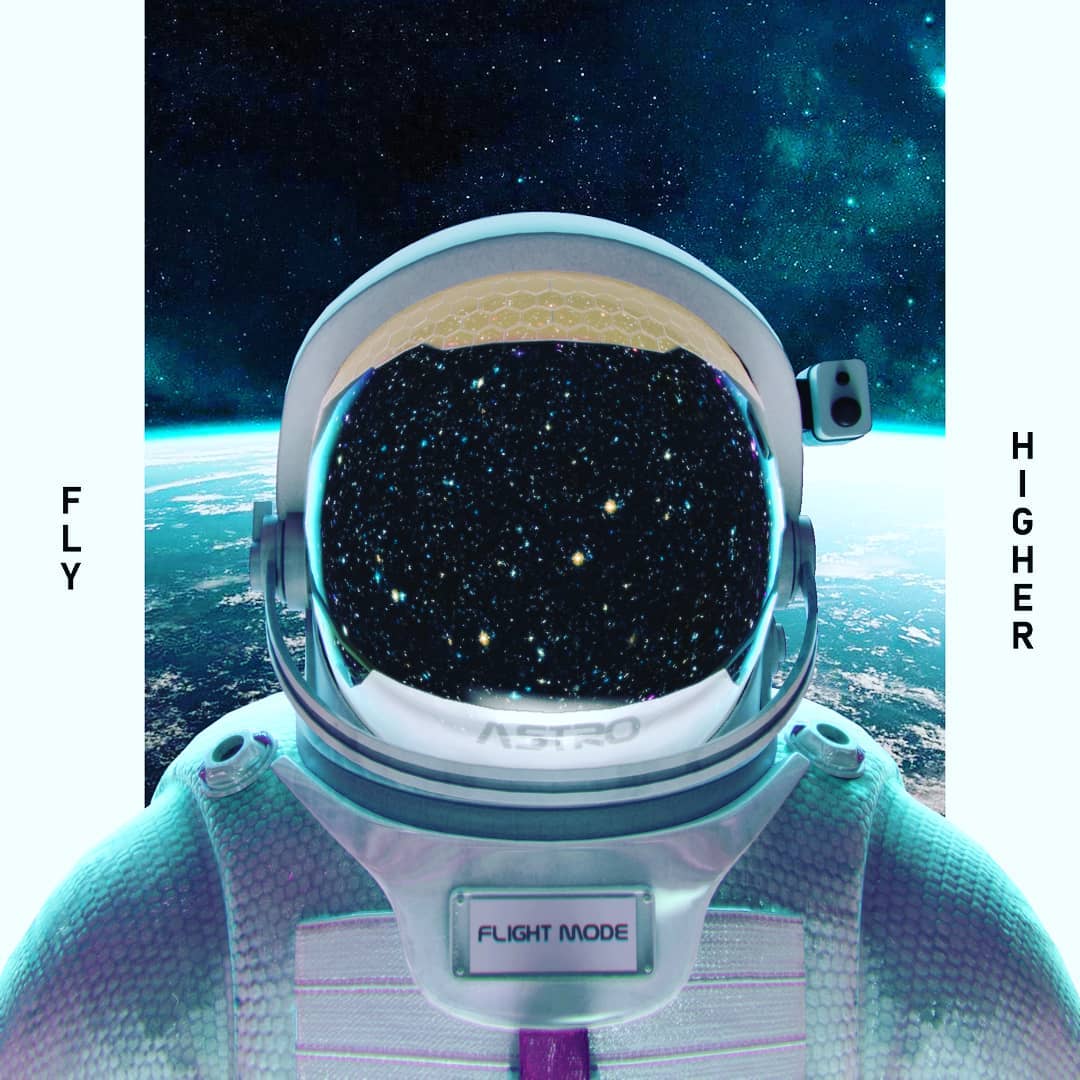
Try Filter on your own – ASTRO Filter
When did you realize that you had reached a turning point in successfully creating augmented reality? What helped you with this?
I created things as a modeler for AR engine, before social AR – it really helped me when I started.AR for IG and Snap was like the next step – and I think I am still on the way to success in AR. I felt I could move forward when I picked my first client for filters on the freelance platform. It took me 5 months just to play with AR, and then I started to make it professionally.
There are many skills needed to create a professional AR project, which of them is a must, and which of them helps you the most?
Ability to concentrate on something for a long time – for learning new techniques, new soft, design principles. Being creative I think is a good skill, not just to do things but design them too.
How would you describe your work, do you have a specific style? direction? Does it change over time?
Some of my first filters were created to describe my vision of the world, and as good technical demos for the clients)
Now I more think about what people want, what they would use, and what would impress them or entertain them.
About style or details
– Now I’m trying to add some story to the filter and make it an AR experience for the user.
– now my AR creations have some concepts and ideas, and I can work on them for some time
– over time I started to use 2D elements more often – it’s looking more real, and easy to make
What or who is your inspiration? what would be your advice for our creators? how to find it?
Inspiration – Kaws, David O’Reilly, Matthew Williams, Murakami, and people around me.
Advice – keep working, use references
Tell me about the projects you’re most proud of. What makes them special? What assets were used to build that project?
Mostly it’s personal projects, I’m in love with product and fashion design, and I like to implement them in AR.
Here is one of the client projects I would like to mention – Quadro for Daniel Wellington
Idea was to show customers new watches and their features. We decided to go with a futuristic holographic style, Iron Man HUD. I’ve created a holographic watch version based on the real product 3D model, and HUD with reference to Jet Fighter HUD. I look at the filter statistic and based on the”opens” to “captures” ratio I can say that customers were happy to open the box and have this experience
Describe your working process. Do you follow the work spontaneously or do you have a plan that you follow?
It depends on the project actually. If it’s the fast thing, the deadline is tomorrow and no time to talk about a pretty clear idea – I can improvise on the project.
Other than that – yeah, we have a plan
– discussion with the client
– concept creation
– implementing the idea to AReal experience
How do you deal with clients’ feedback?
Easy. I think we’re on the same wave, you know. They can be straightforward with me, I can ask them to be clear)
What is your dream in terms of AR creation?
To make an AR experience that would give some cultural impact, to be a part of design history. Other than that, I would like to use AR to help people make their lives easier. I think AR should not distract us from the real world, but allow us to see would in a different way.
Do you think we will be living in a world like a metaverse? And if yes, when it will be?
Not sure about the timing for Metaverse – too many players on the market want to participate, and each would create its own version and vision, standards, and way to interact with it. But good thing that this is some kind of race, it’s interesting to see how it’s developed.
How are you planning to go deeper into the world of AR?
I think AR glasses for the masses would change the current situation, that’s the next step and we should get ready for it.
We are grateful to Dmytro for an inspiring interview and wish him a big success on his augmented reality journey!
